Macadamia
product
Macadamia
Macadamia are evengreen trees native to Australia. According to the Australian Macadamia Society, the Aboriginal people called the macadamia by different names: Kindal Kindal, Boomera, Jindill, or Baupal. Macadamia nuts were always considered a delicacy and were used for trade between tribes and as special ceremonial gifts at inter-tribal corroborees.
It major producing countries are Australia, South Africa and U.S.A (Hawaii), accounting for about 70% of the world production(2010). The remaining 30% comes from Costa Rica, Guatemala, Brazil, Mozambique, Zimbabwe, Malawi, Kenya and some smaller players, including Colombia.
1000+
Happy Customers
Standards and Grades
Macadamia kernels Forms and Styles
The following forms and specificatios are included in the United Nations Economic Commission for Europe (UNECE) Standard DDP-22 and DDO-23 concerning the marketing and commercial quality control of inshell macadamia nuts and macadamia kernels.
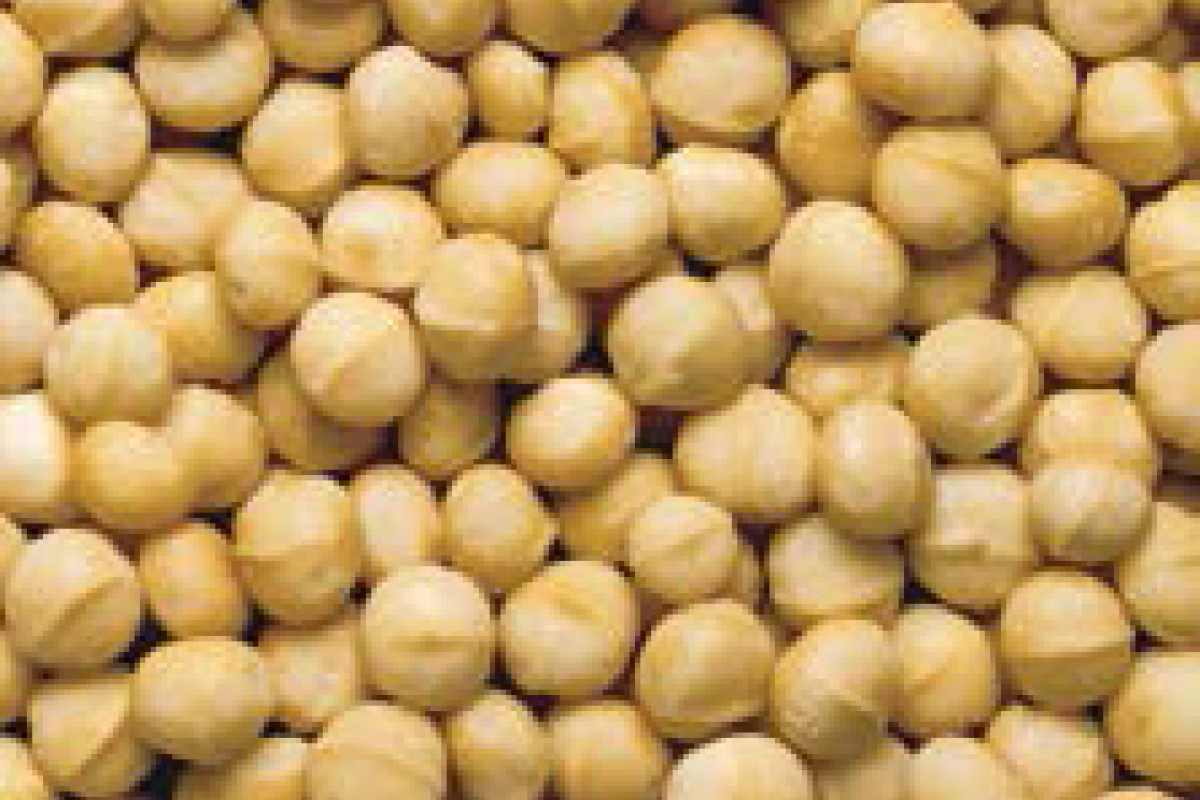
Style 0 - Wholes
Description: shall consist of at least 95% whole kernels with the remaining percentage consisting of pieces
Size: of which no more than 1% will pass through a 6.25 mm (1/4 inch) square opening.
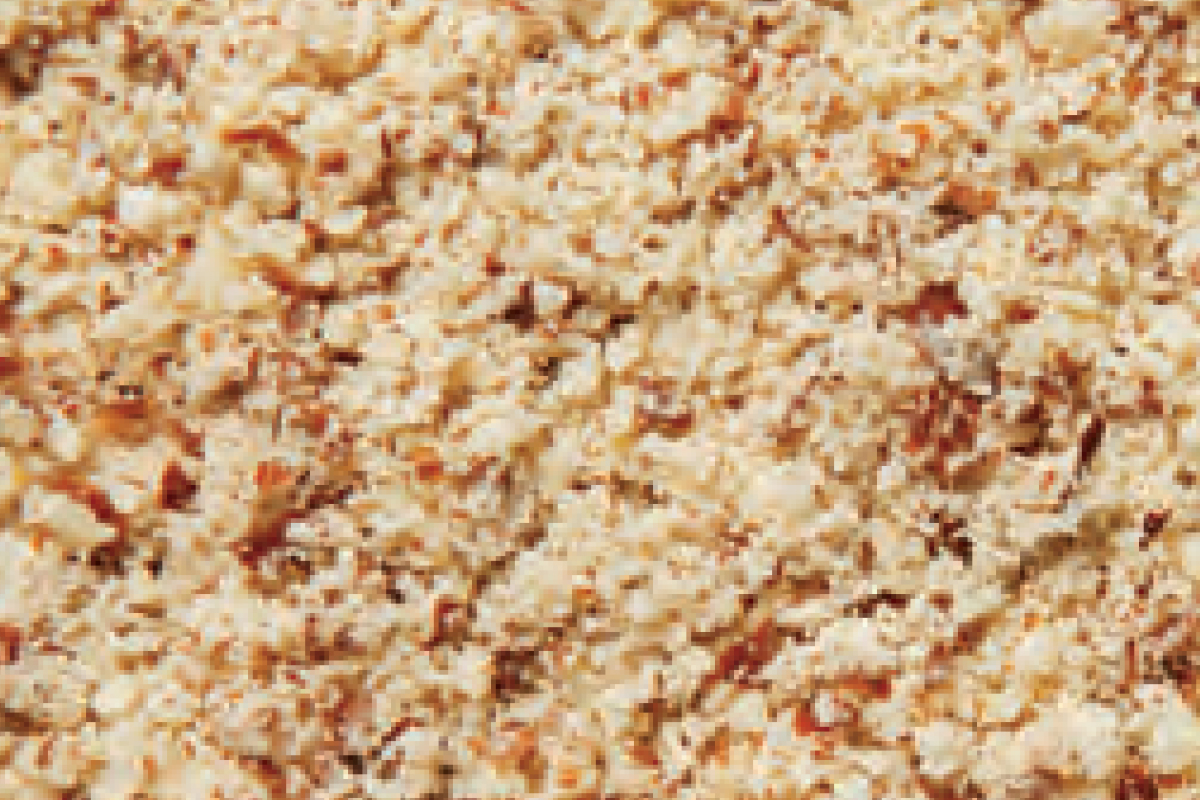
Style 1 - Wholes
Description: shall consist of at least 90% whole kernels, with the remaining percentage consisting of pieces
Size: of which no more than 1% will pass through a 6.25 mm (1/4 inch) square opening.

Style 2 - Wholes and halves:
Description: shall consist of at least 50% whole kernels, with the remaining percentage consisting of pieces
Size: of which no more than 2% will pass through a 7.8 mm (5/16 inch) square opening.
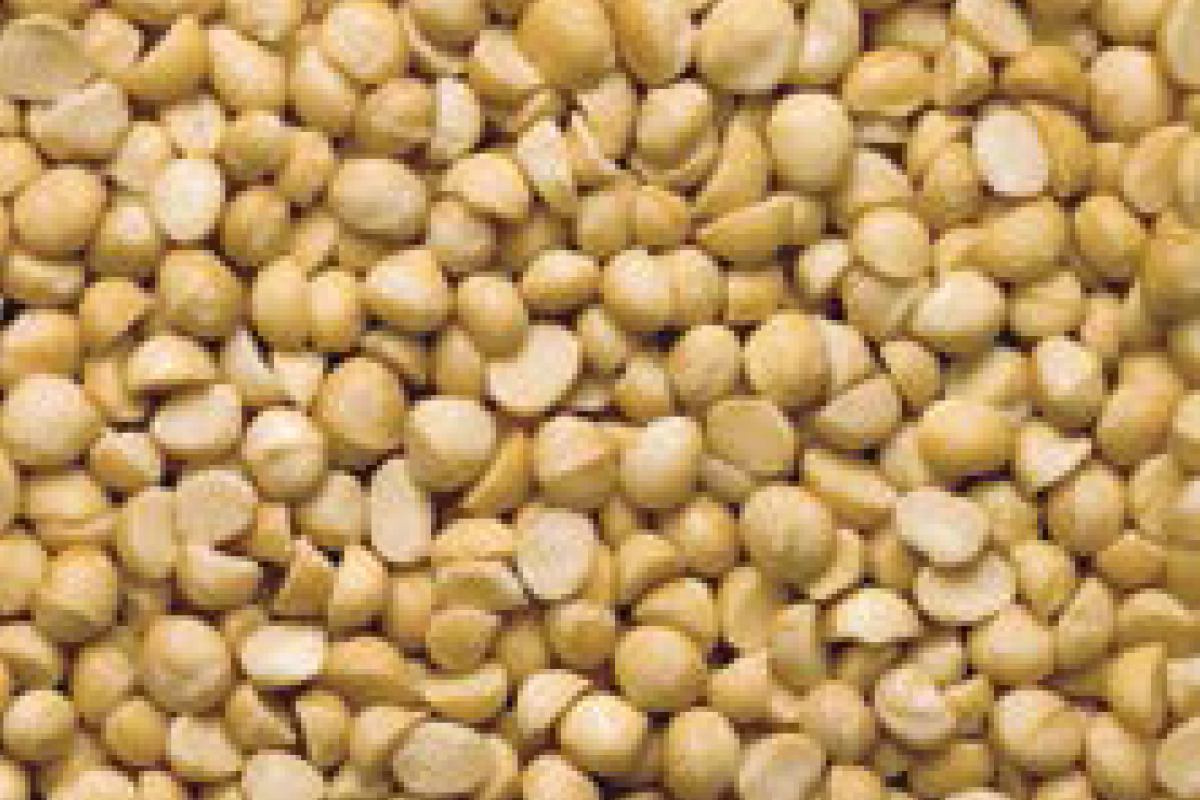
Style 3 - Cocktail:
Description: shall consist of at least 90% half or larger kernels, included therein at least 15% whole kernels, with the remaining percentage consisting of pieces
Size: of which no more than 2% will pass through a 6.25 mm (1/4 inch) opening.

Style 4 - Halves and pieces:
Description: shall consist of at least 50% half kernels, with the remaining percentage consisting of pieces with no more than 5% larger than half kernels
Size:
Style IV L: kernel size is larger than 16 mm (round caliber).
Style IV M: kernel size is between 14-16 mm (round caliber).
Style IV S: kernel size is between 10-14 mm (round caliber).

Style 5 - Large diced:
Description: shall consist of units which are smaller than half kernels
Size:
Style V: of such size that no more than 5% will pass through a 7.8 mm x 25 mm (5/16 inch x 1 inch) opening, included therein not more than 2% that will pass through a 2.34 mm (3/32 inch) square opening.
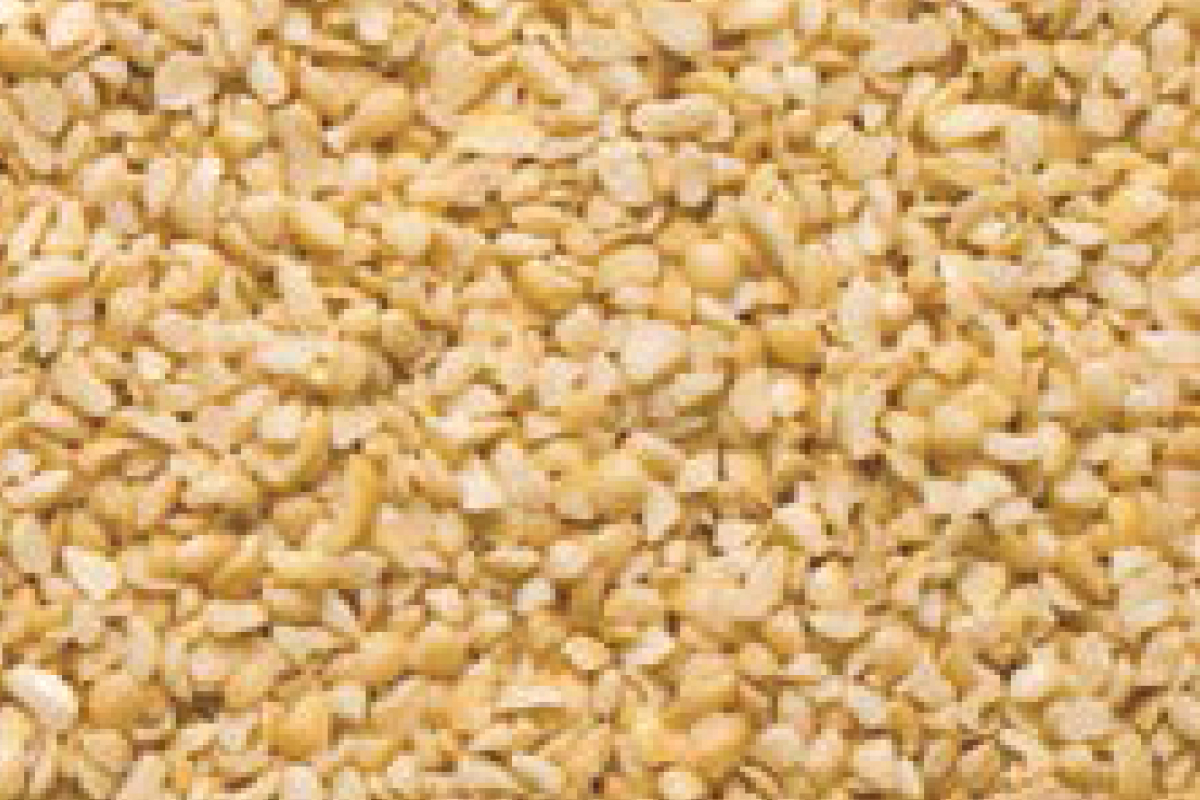
Style 6 - Chips:
Description: shall consist of units
Size:
that at least 95% will pass through a 7.8 mm x 25 mm (5/16 inch x 1 inch) opening but no more than 2% will pass through a 2.34 mm (3/32 inch) square opening.
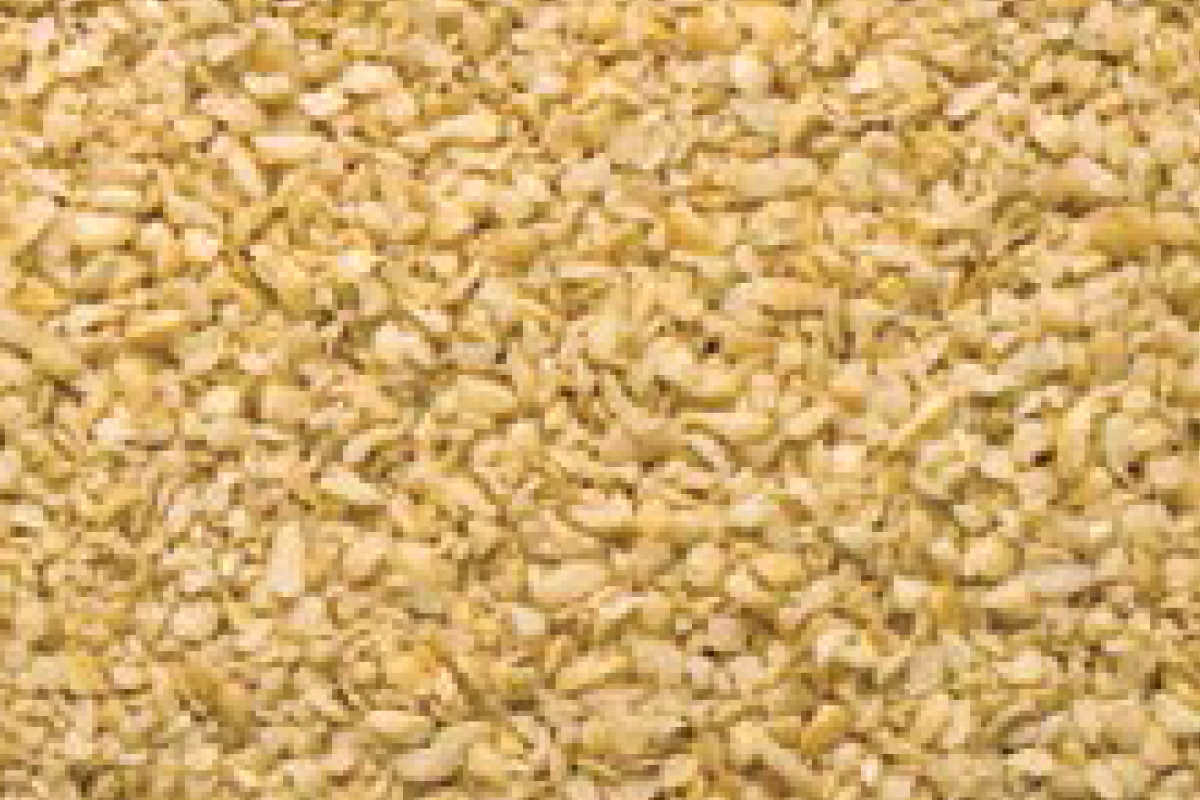
Style 7 - Bits and diced:
Description: shall consist of units
Size:
smaller than half kernels and of such size that at least 95% will pass through a 7.8 mm (5/16 inch) square opening but no more than 10% will pass through a 2.34 mm (3/32 inch) square opening.
Style VIII - Fines:
Description: shall consists of broken, chipped or chopped kernels
Size:
all units will pass through a 6.25mm (1/4 inch) square opening and most will also pass through a 2.34mm (3/32 inch) square opening.
Quality
The shell must be practically intact, clean, sound, free from blemishes, free from mold filaments visible to the naked eye, well-formed and not visibly misshapen. In addition, the kernel must be free from rancidity, suciently developed, practically free from blemishes and areas of discoloration or spread stains in pronounced contrast with the rest of the kernel.
The whole produce (shell and kernel) must be sound and free from mold filaments visible to the naked eye, living pests, damage caused by pests, abnormal external moisture and foreign smell and/or taste.
Classification
Classification is made according to the defects allowed, which are listed in the following tables:
Sizing
In macadamias, sizing is optional in all classes. However, when sized, inshell macadamia nut size is determined by the diameter of the shortest axis of the shell (measured in mm or inches). In the case of macadamia kernels, size is determined by the maximum diameter of the equatorial section of the whole nut or by the widest diameter of the designated style size requirements.
